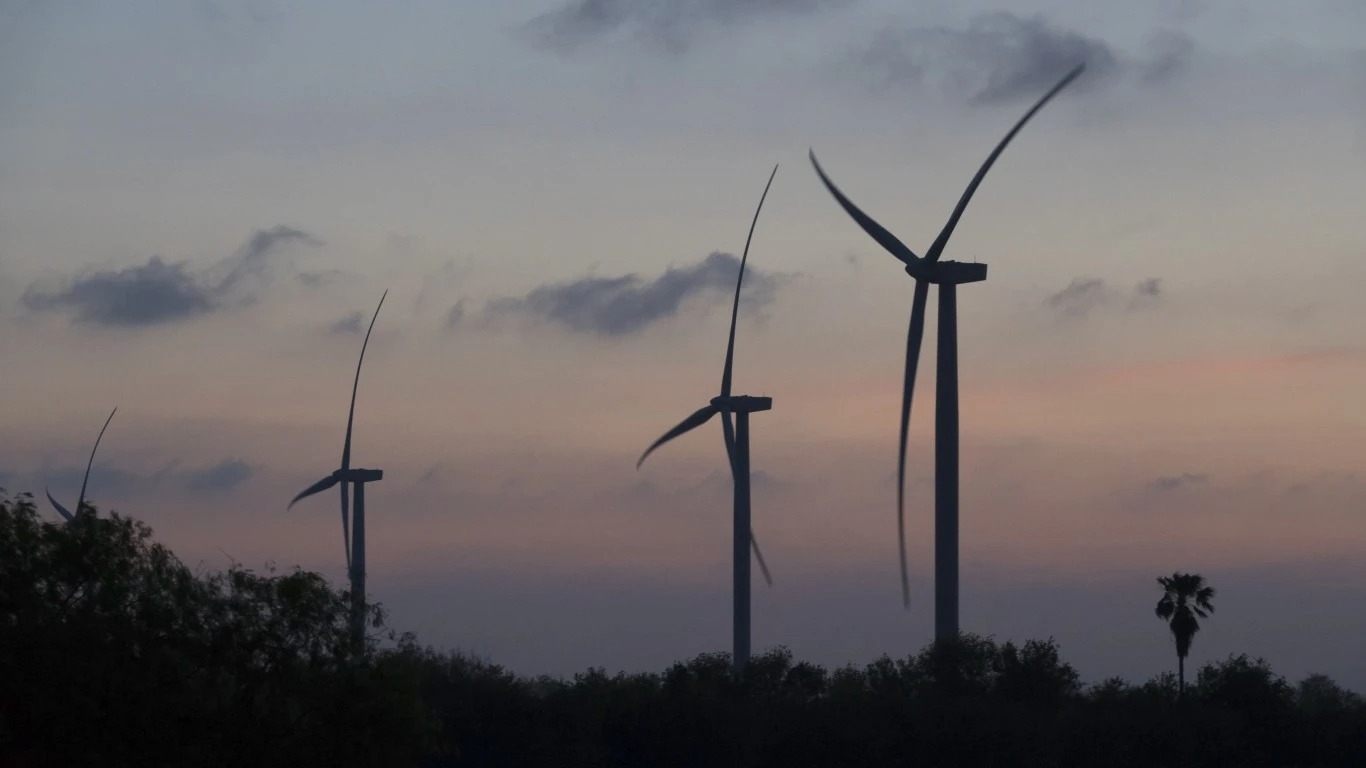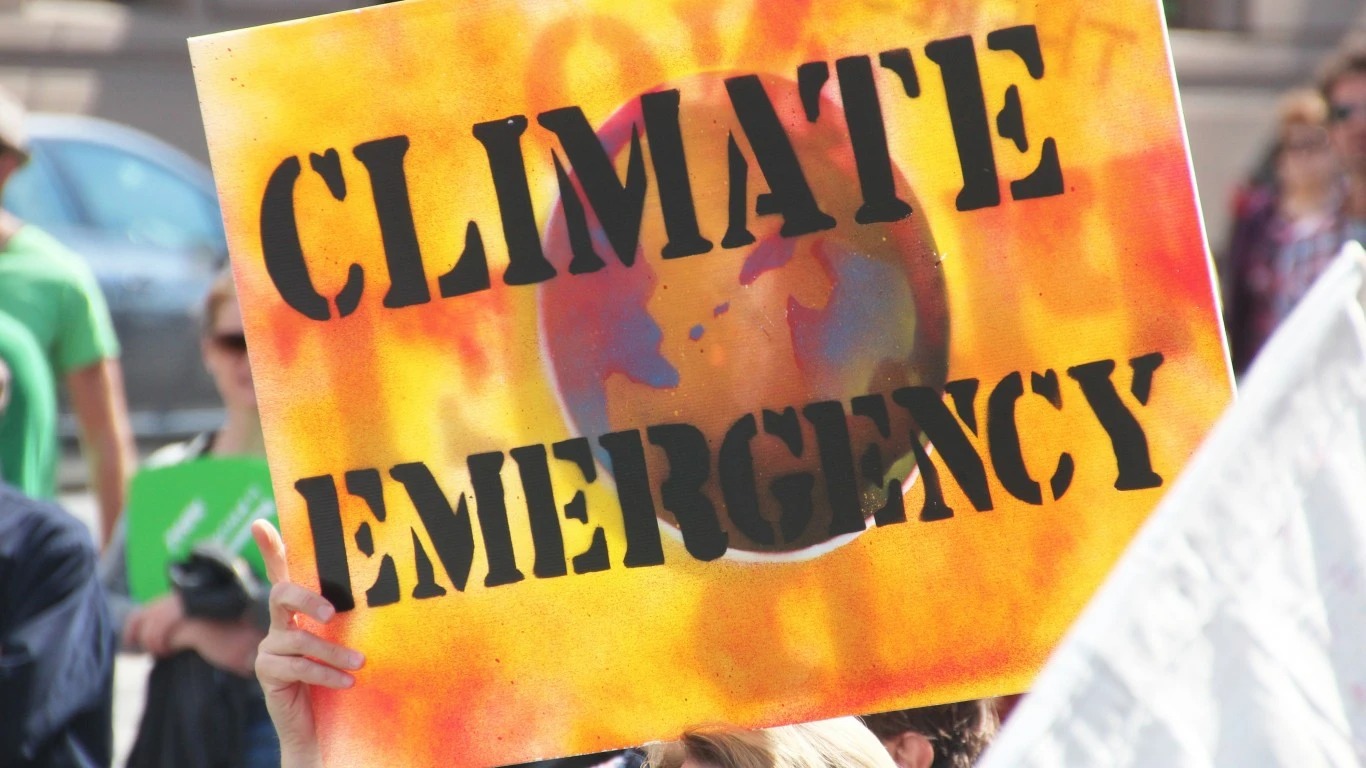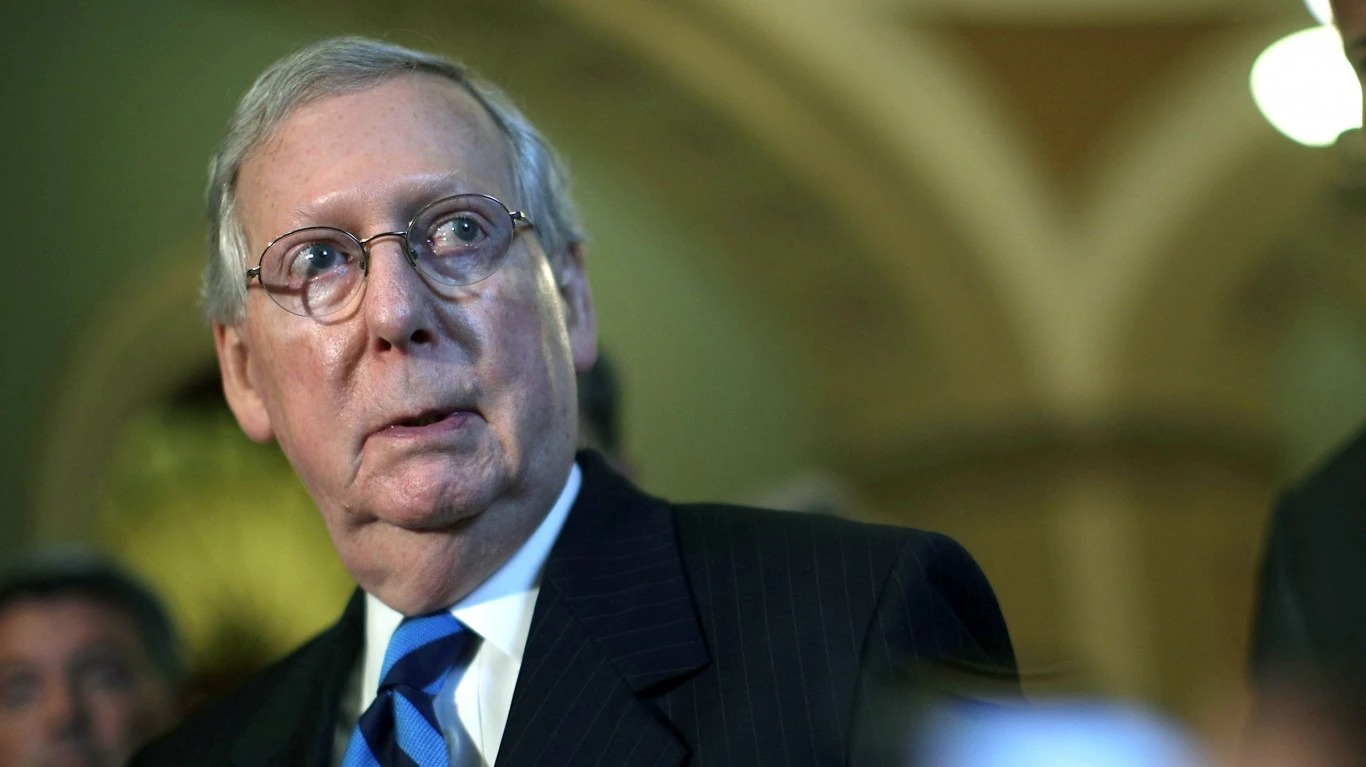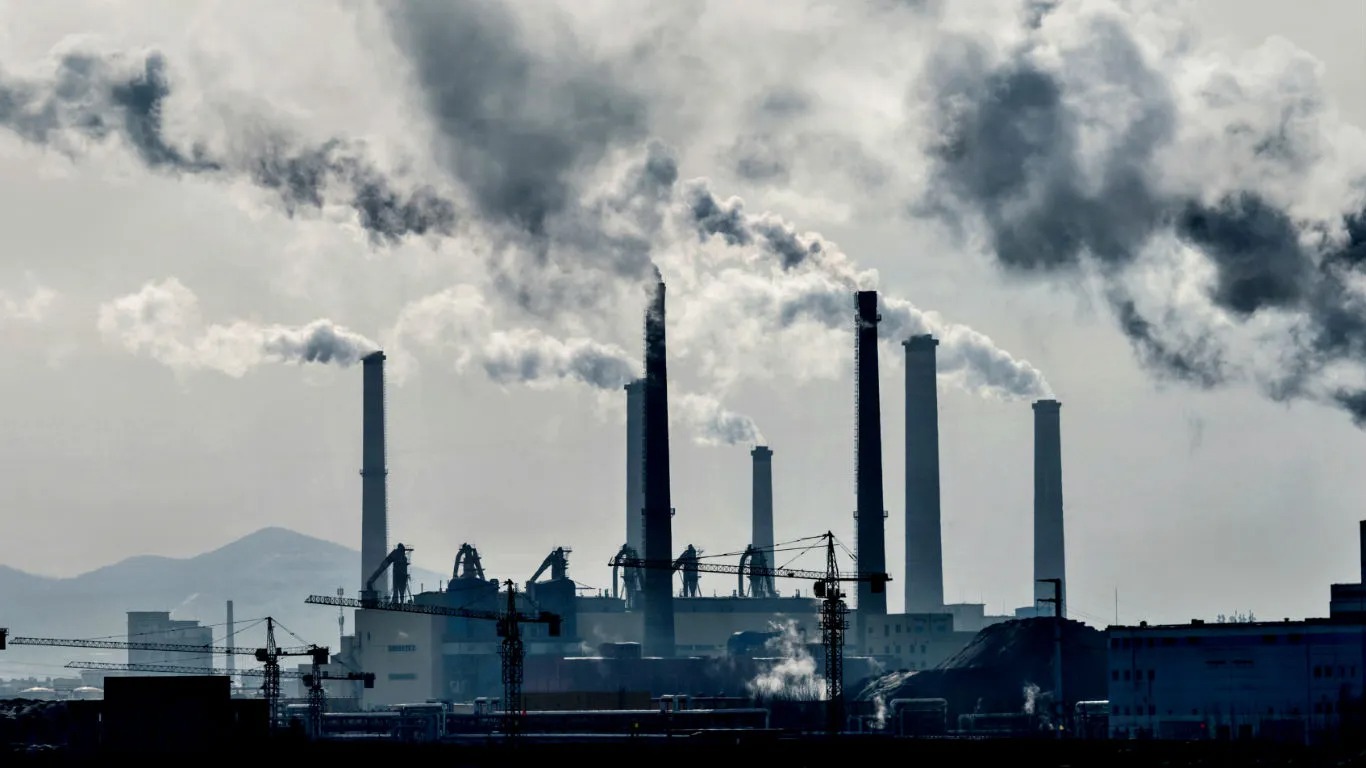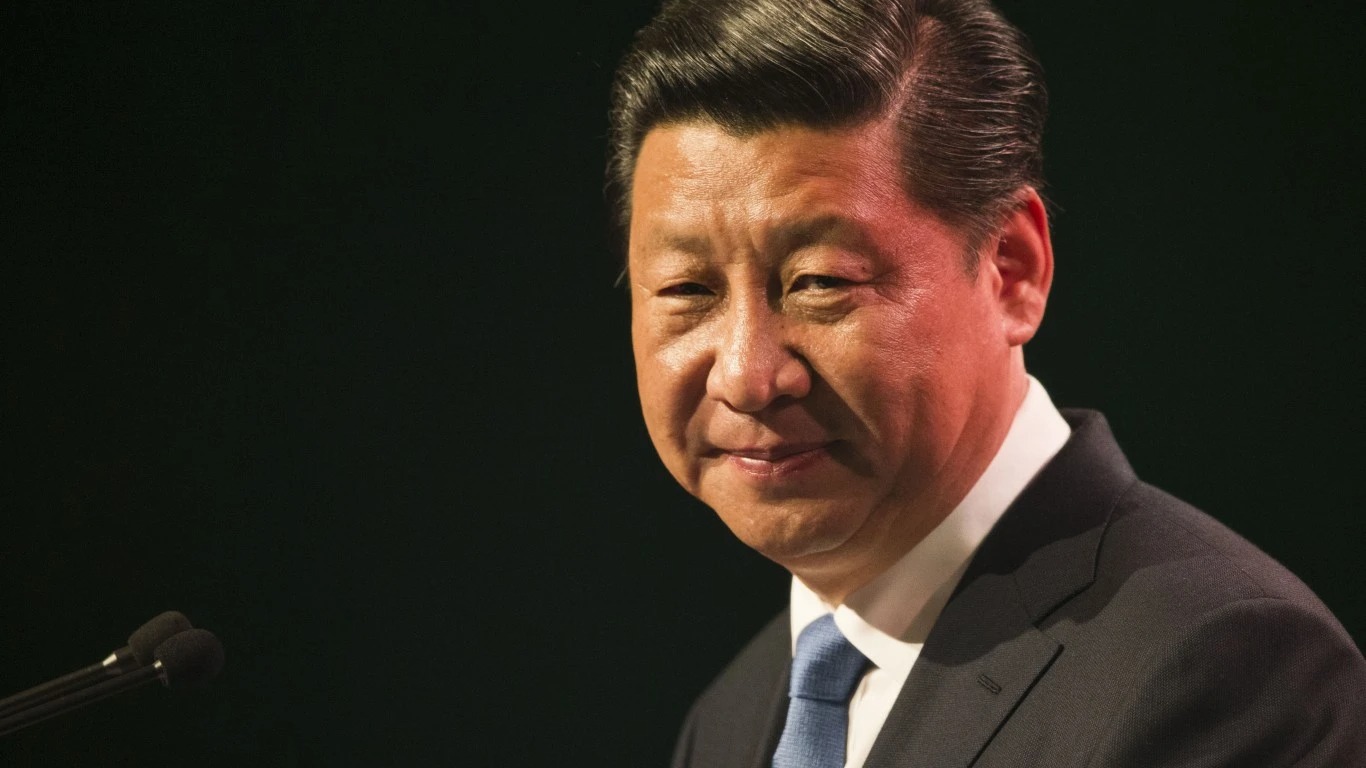Ready to try something new after years of being a CEO at a public company, Boston entrepreneur Brian Halligan recently scoured the climate-tech space for opportunity and was frustrated by the general pessimism about global warming exhibited by many entrepreneurs and some investors. Until he discovered ocean tech, and the pre-eminent marine researcher just down the road from him in Cape Cod.
This morning, Halligan and a team of investors unveiled a $100 million ocean venture fund called Propeller that has a “unique partnership” with the Woods Hole Oceanographic Institution to invest in new and emerging ocean technologies.
“It’s hard to find anyone in ocean tech who is not bullish on the ocean,” Halligan said in an interview.
Propeller will invest in companies along several different ocean channels, including ocean carbon, reporting on and removing carbon from sea; ocean organics, looking for new ways to use algae and microbes for the sea in new products; and ocean industrials, such as maritime industry emissions efficiency, offshore wind or desalination, according to the fund.
Halligan, who was the founder and CEO of successful Boston software company HubSpot, will be joined by Dr. Julie Pullen, climate scientists and oceanographer, and investors Devdutt Yellurkar, Reece Pacheco, and Steven Fox in the fund. The investors have already identified three specific investments, which they will announce in due course, Halligan said.
The $2.5 billion blue economy is often overlooked by climate investors in favor of technologies such as battery power, solar, or carbon removal. There are a handful of ocean funds, but none we’re aware of connected with the most prestigious ocean researcher Woods Hole. We’ll keep you posted on who and what they discover.
More insights below . . . .
Zeus: COP27 battle lines drawn over climate compensation fund
. . . . Beset by war in Europe, rampant inflation and energy shortages, wealthy countries are in no mood to talk at the COP27 climate summit this year about creating a compensation fund to help small countries handle global warming, writes David Callaway. But small countries aren’t backing down, especially since most of the damage to them is caused by pollution from their larger brethren. A group of 20 is considering halting debt payments on hundreds of billions of dollars to redirect to conservation and damage control, potentially triggering a debt crisis. The drama will reach a head at the summit in Egypt in three weeks. . . .
Read the full Zeus column
A selection of this week’s subscriber-only insights
. . . . As the unmitigated chaos that is the Liz Truss era in the U.K. begins to move toward the nation’s fifth conservative prime minister since 2010 in coming weeks, it’s a sure bet that the country that hosted last year’s UN climate summit in Glasgow won’t be more than a shell of a participant when COP27 opens in Egypt in three weeks’ time. Early odds in the hours after her resignation Thursday are that Rishi Sunak, the former chancellor who Truss beat in the race to become PM, will now be chosen to restore financial order.
Sunak has some green cred, in that he has pledged to restore the UK’s Department of Energy after it was folded into another department. He’s also in favor of expanding offshore wind, though not onshore. But he’s mostly favored a slow approach to the energy transition. A slow approach is pretty much all we can expect as Sunak, or whoever emerges to lead the party, must contend with a 10% inflation rate, crippling energy shortages, and surging public discontent with government.
Against such dire challenges, it’s hard to imagine the U.K. returning to its position of climate leadership anytime soon. . . .
. . . . As New Jersey joins a host of states and other localities in suing oil companies over climate misinformation, it appears more and more likely the whole thing is headed to the Supreme Court, which already kicked back a case brought by the city of Baltimore to a lower panel. Big Oil thinks it has a better chance with the Trump-packed Supremes than in lesser arenas. Read more here. . . .
. . . . Fossil fuel lobbyists are already gearing up for a Republican-ruled House; at the same time, it turns out that many of the benefits of the Inflation Reduction Act are flowing to red states, such as EV battery and car factories. Oh, the irony. Read more. . . .
Editor’s picks: Hear climate finance roar
Rolls Royce Spectre sparks EV interest
More than 300 people in the U.S. have put a deposit down for Rolls Royce’s new EV, the Spectre, with a starting price of $413,000. CNBC quoted Rolls-Royce CEO Torsten Muller-Otvos as saying the orders came even before the storied automaker’s first EV was unveiled this week. The car has an estimated range of about 320 miles and goes from 0 to 60 mph in 4.4 seconds. Rolls Royce plans to electrify its whole lineup by 2030. If the Spectre isn’t quite your style, however, GM’s $GM Cadillac Celestiq is another option in the super-luxury EV market, with a starting price closer to $300,000.
Good things, small packages
We often hear about bigger and more powerful wind turbines, but one company is hoping smaller is better. Aeromine Technologies thinks it has a way to revolutionize wind power with smaller, more aerodynamic turbines that can be perched on a roof’s edge — and still leave plenty room for solar panels, too. The company says its design “captures and amplifies building airflow in wind speeds as low as 5 mph, similar to the airfoils on a race car. Unlike turbines that require rotating rotor blades and many moving parts, making them prone to maintenance issues, the motionless and durable Aeromine solution generates more energy in less space.” Aeromine is designed for installation on buildings with large flat rooftops. The company says it hopes to launch the product by the end of this year.
Climate change, public health and human rights
Global health is inextricably linked to planetary health, with a changing climate influencing the conditions necessary for human health and safety while undermining a range of human rights, say the authors of Climate Change, Public Health & Human Rights. From the abstract: “International legal agreements to mitigate emissions — from the 1992 United Nations Framework Convention on Climate Change (UNFCCC) through the 2015 Paris Agreement and into the 2021 Glasgow Climate Pact — have faced limitations in ameliorating the public health threats caused by the unfolding climate crisis. These inequitable health threats pose sweeping implications for health-related human rights, especially in low- and middle-income countries, with environmental degradation challenging the most fundamental conditions for human life and the individual rights of the most vulnerable populations. … This special issue of the International Journal of Environmental Research and Public Health addresses the dynamic balance between global health and climate justice, bringing together policy analysis and empirical research to examine the public health threats of climate change and consider the human rights advancements necessary to frame policies for mitigation and adaptation.” Authors: Benjamin Mason Meier, University of North Carolina at Chapel Hill; Flavia Bustreo, Fondation Botnar; Lawrence O. Gostin, Georgetown University, Law Center, O’Neill Institute for National and Global Health Law.
Words to live by . . . .
“Nature is loved by what is best in us.” — Ralph Waldo Emerson.
By David Callaway
